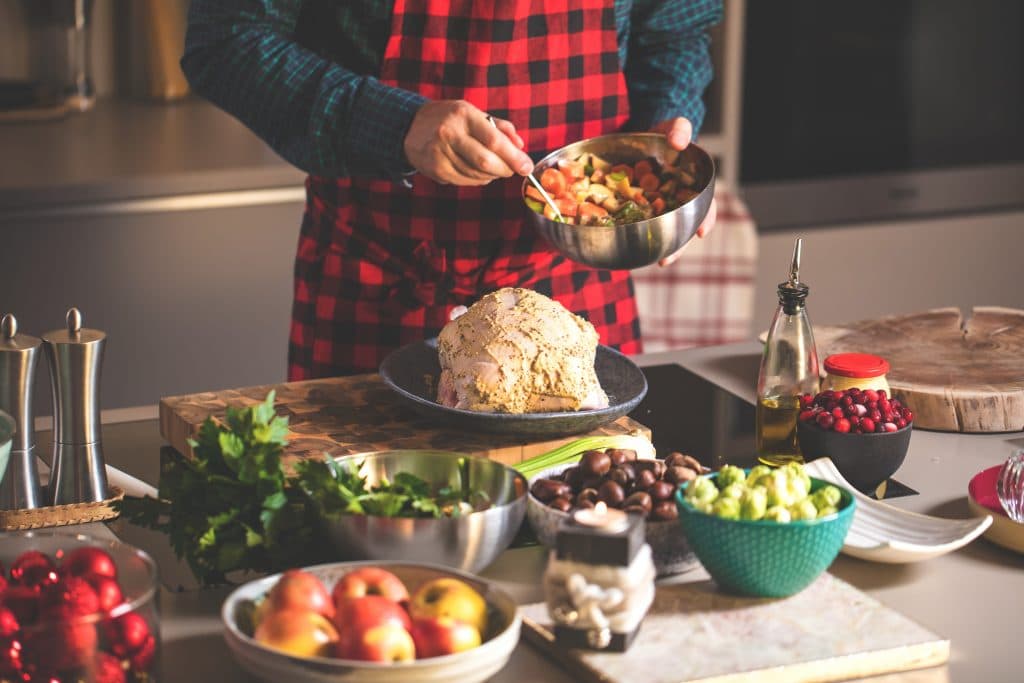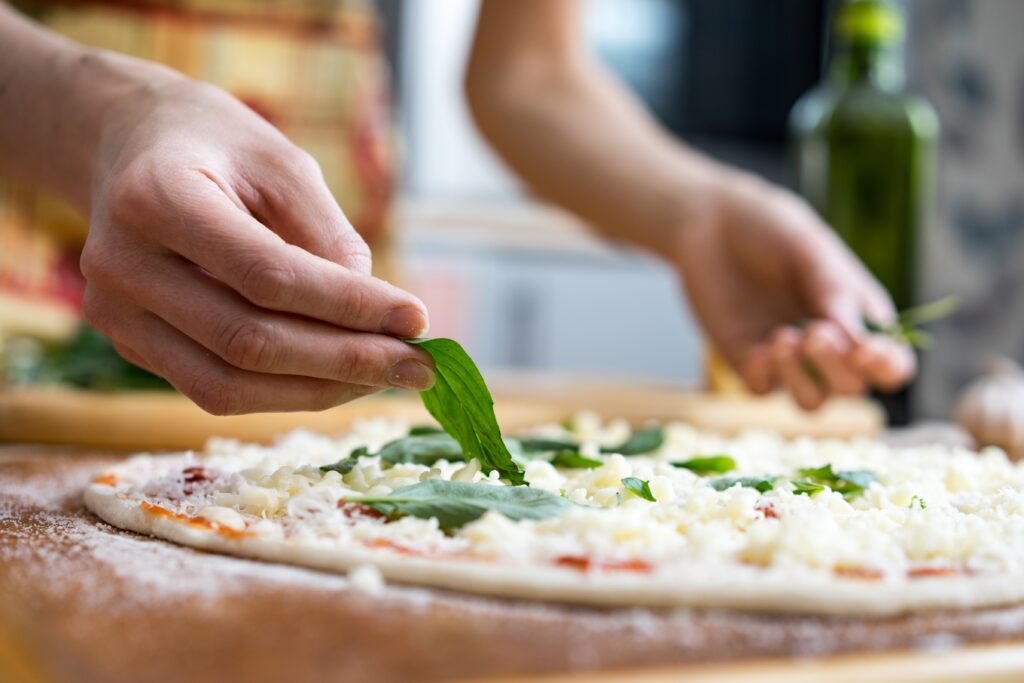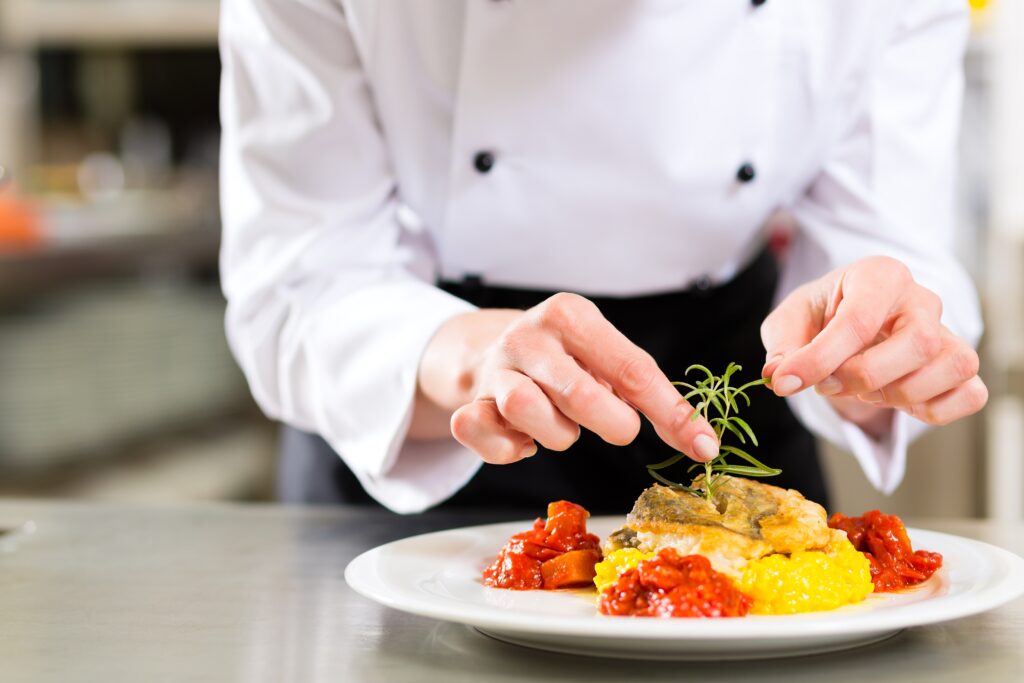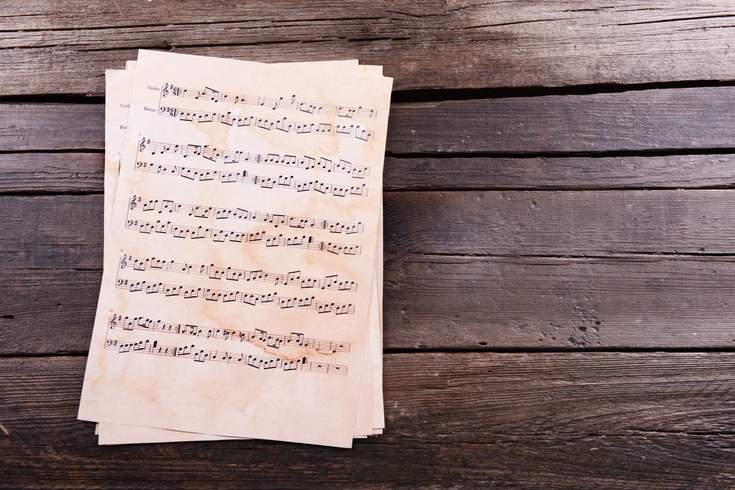Does Publishing Gourmet Videos on YouTube Constitute a Copyright Infringement?

On YouTube, a variety of videos are posted daily, among which gourmet videos are a popular genre. Gourmet videos are those where YouTubers visit restaurants and other eateries, introducing the establishment and its dishes. There are various types of gourmet videos, but it is common for the presentation of the dishes to be showcased. The presentation of a dish is a factor that affects its appearance and is a crucial element of the concept of cooking. In genres such as illustrations and music, one can imagine that copyright issues may arise, even if they are not well-versed in the law. However, there are also situations where the presentation of a dish can raise copyright issues. Therefore, in this article, we will explain the copyright issues that should be considered when publishing gourmet videos on YouTube, focusing on the copyright of dish presentation.
Copyright of Food Presentation

When posting gourmet videos on YouTube, it is conceivable that you might film a dish served at a restaurant and upload it as a video on YouTube. The concern here is whether the presentation of the dish served at the restaurant is protected by copyright, and whether introducing the dish in a video without permission infringes on the copyright of the food creator’s presentation. Therefore, we will first explain whether copyright is granted to the presentation of food.
When is Copyright Recognized?
Many people have heard of the right known as copyright. “Copyright” refers to the rights granted to the author of a work.
Unlike patent rights, copyright does not require any registration or procedures. It naturally arises under the law at the point of creation, without any procedures. Because copyright does not require any special procedures to be recognized under the law, it is referred to as a non-formalistic system. The definition of a work under copyright law is stipulated in Article 2, Paragraph 1, Item 1 of the Japanese Copyright Law as follows:
(Definition)
Article 2 In this law, the meanings of the terms listed in each of the following items shall be as prescribed in the respective items.
1. Work: Something that creatively expresses thoughts or feelings and falls within the scope of literature, academia, art, or music.
From this Article 2, Paragraph 1, Item 1 of the Japanese Copyright Law, it is clear that not all creative works fall under the definition of a work under copyright law. In order to be recognized as a work, it must be something that creatively expresses thoughts or feelings and can be said to fall within the scope of literature, academia, art, or music.
Can Copyright be Granted to Food Presentation?

So, can copyright be granted to the presentation of food? Let’s consider the example of French cuisine presentation. First, let’s assume that the creator of the dish has conceived an original presentation for French cuisine. At this stage, the presentation exists only in the mind of the creator, a state referred to as an idea. If the French cuisine presentation remains at the idea stage, it cannot be considered as a “creative expression of thoughts or feelings” as defined in Article 2, Paragraph 1, Item 1 of the Japanese Copyright Law, and therefore, it cannot be recognized as a copyrighted work.
Next, what about when the dish is actually served? Even when the dish is actually served, if the presentation is a commonly considered one, it is not considered a “creative expression of thoughts or feelings” by the creator, and therefore, it is believed that copyright cannot be granted.
However, what if the dish is served exactly as the creator of the dish envisioned, and the presentation of the served dish is extremely original, to the level that it can be considered a work of art rather than just food? In such a case, if the presentation can be considered as the creator’s “creative expression of thoughts or feelings” and falls under Article 2, Paragraph 1, Item 1 of the Japanese Copyright Law, theoretically, copyright could be granted. However, realistically, it is difficult to determine what kind of presentation would be granted copyright, and the range that can be realistically recognized is considered to be extremely narrow.
From the above, it can be considered that the presentation of food is generally not considered a copyrighted work under the Japanese Copyright Law. However, theoretically, there is a possibility that copyright could be granted in exceptional cases that fall under Article 2, Paragraph 1, Item 1 of the Japanese Copyright Law.
Points to Note When Uploading Videos of Dishes Served in Restaurants on YouTube

Cases where copyright is not recognized for food presentation
Firstly, if copyright is not recognized for food presentation, it is considered that taking photos or videos of dishes served in restaurants and uploading them to YouTube does not violate the Japanese Copyright Law.
Next, even though copyright is not recognized for food presentation, it is not actually permissible to use photos or videos of dishes served in restaurants, taken by others, directly in YouTube videos.
Some of you may wonder why this is the case even though copyright is not recognized for food presentation. The reason is explained below. Even if copyright is not recognized for the food presentation itself, it is considered that the person who took the photo of the food presentation has copyright for the photo. Therefore, unauthorized reproduction of photos of food presentation may infringe the copyright of the person who took the photo, which could potentially violate the Japanese Copyright Law.
Therefore, when uploading gourmet videos to YouTube, if you are using photos or videos of dishes served in restaurants taken by others, you need to be careful not to infringe copyright, such as obtaining permission from the copyright holder.
Also, even when you take photos or videos of dishes served in restaurants yourself and upload them to YouTube, it is desirable to inform the creator of the dish of the purpose of creating the photo or video and uploading it to YouTube, and to obtain their permission, in order to avoid unnecessary trouble with the restaurant or similar establishments.
Cases where copyright is recognized for food presentation
Next, let’s consider cases where copyright is recognized for food presentation. In this case, you cannot take photos or videos of dishes served in restaurants and upload them to YouTube without permission.
Some people may think that since they have paid for the dish and obtained ownership of it, and are taking photos or videos of the dish served in the restaurant, introducing the photos or videos on YouTube does not violate the Japanese Copyright Law. However, legally, obtaining ownership of the dish does not mean that you are free to use the copyright of the food presentation.
Article 206 of the Japanese Civil Code stipulates the content of ownership as follows:
Article 206 of the Japanese Civil Code (Content of Ownership)
The owner has the right to freely use, profit from, and dispose of his property within the limits of the law.
And Article 85 of the Japanese Civil Code stipulates that “In this law, ‘thing’ means tangible thing.” Even if you have obtained ownership, you cannot freely use, profit from, or dispose of the intangible copyright.
For the reasons mentioned above, even if the photographer has obtained ownership of the dish, taking photos of the dish and introducing the photos or videos in YouTube gourmet videos is generally considered to violate the Japanese Copyright Law, so caution is required.
Conclusion
In conclusion, we have discussed the copyright issues related to food presentation that should be considered when publishing gourmet videos on YouTube. Gourmet videos are a popular category among YouTube videos, and there may be cases where you photograph the dishes served at a restaurant, including their presentation, and upload the photos or videos to YouTube. If you have a correct understanding of the copyright of food presentation, you can expect to avoid disputes between the parties, and also avoid situations where you infringe on the copyrights of others. As mentioned in this article, the scope in which copyright is recognized for food presentation is not necessarily wide, and it is difficult to judge whether copyright is recognized or not. Therefore, if you are unsure about whether copyright is recognized for food presentation, we recommend consulting with a specialist lawyer.
If you would like to learn about the content of this article through a video, please watch the video on our YouTube channel.
Category: Internet





















